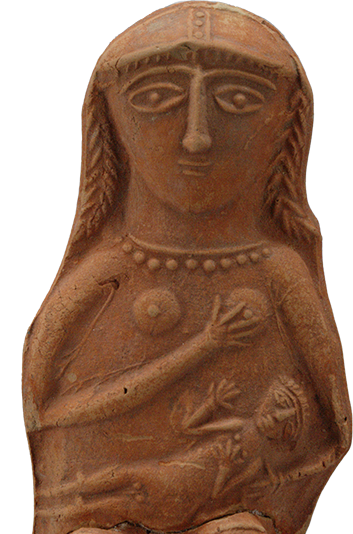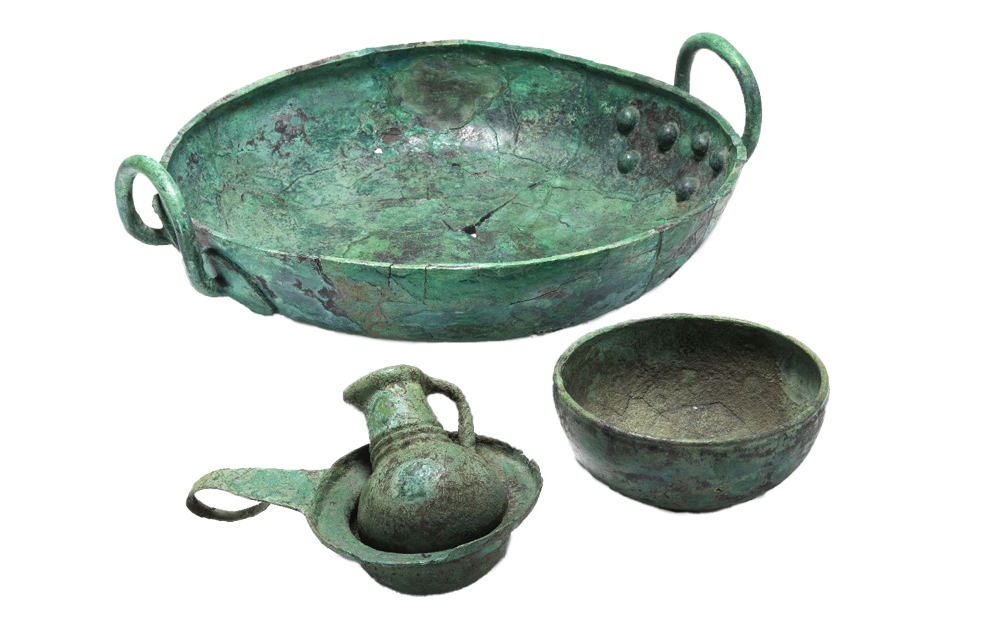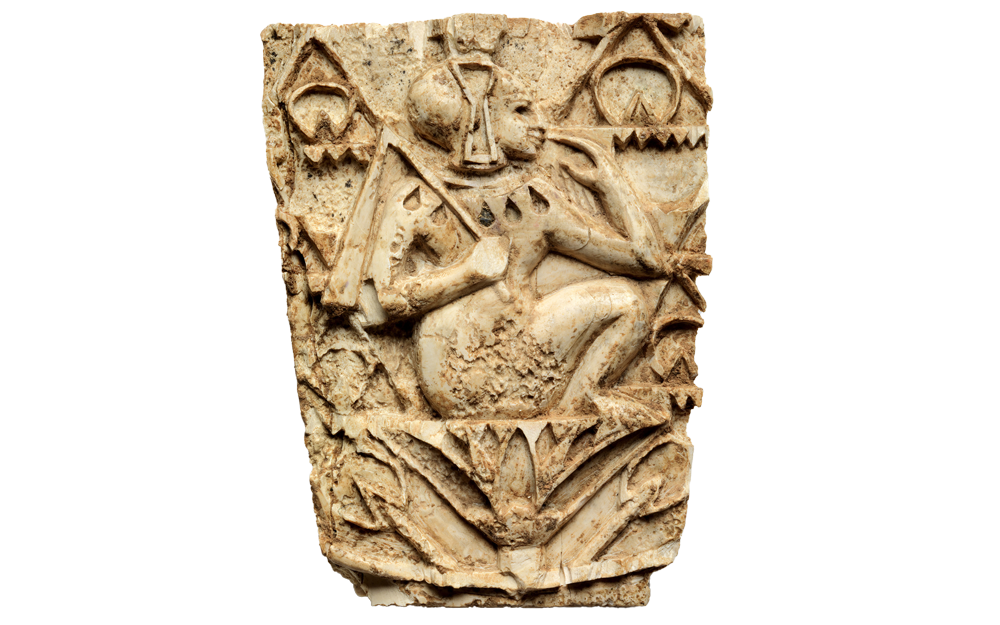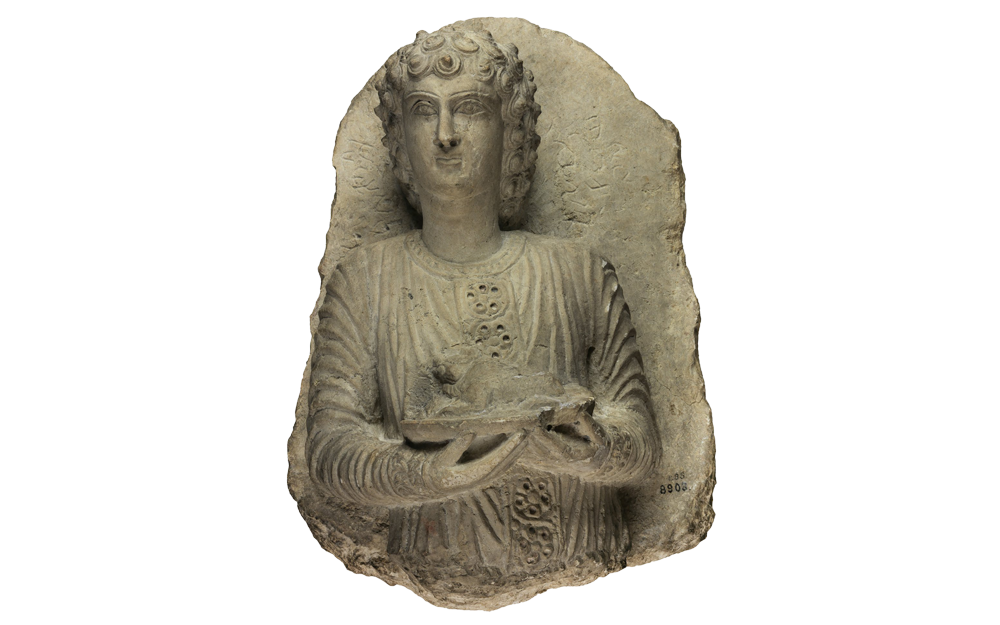Eastern Mediterranean
Unearth an ancient crossroads of diverse cultures whose innovations shaped our world today.
Upper Level
Included with Museum Admission
Above: Figurine, Beth Shean, 29-103-935

Unearth an ancient crossroads of diverse cultures whose innovations shaped our world today.
Upper Level
Included with Museum Admission
Above: Figurine, Beth Shean, 29-103-935

People across the Mediterranean met and traded goods in cities from Carthage to Palmyra. As they worked and lived together, their traditions and ideas mixed, and they expressed their identities in new, creative ways.
Above: Figurine, Beth Shean, 29-103-935
For more than 4,000 years, the Eastern Mediterranean has been a crossroads of cultural exchange between diverse peoples. Merchants, migrants, and soldiers met there to raise monuments to kings and gods, sail ships across the vast Mediterranean Sea, and share ideas in unexpected ways. This gallery highlights the great creativity of the region’s distinctive material culture, shaped by both conflict and collaboration. Concepts that emerged in the Eastern Mediterranean gave rise to major religions around the world and the alphabet we use today.



Drinking wine and feasting were an important part of funerals across the Eastern Mediterranean world. This elaborate bronze set for mixing and drinking wine would have been used for the last time when this woman was laid to rest. The vessels were found nested together in her tomb. 86-18-1590, 86-18-1591, 86-18-1592, 86-18-1593
Conquests by Assyria, Babylonia, and Persia united a large region and brought diverse cultures into close contact. Assyrian soldiers may have carried Phoenician thrones decorated with these ivory panels to their capital city as trophies. The falcon-headed sphinx and the image of Horus as a child are symbols of power and life that the Phoenicians adopted rom Egypt. 65-3-4
Wealthy Palmyrenes hired sculptors to preserve their names and images after death. Wearing a Parthian (Iranian) tunic from further east, this unnamed youth carries lamb on a tray. There is Palmyrene inscription to the right and left of his head. B8903
The letters you are reading right now descend form the world’s first alphabet. Watch the evolution of the letter A.
No advance registration is required and many tours are included with Museum admission. Tours begin in the Main Entrance.
Explore ToursThe Eastern Mediterranean Gallery is made possible by the lead support of The Giorgi Family Foundation, and by additional generous support from the Frederick J. Manning, W69, family; J. Barton Riley, W70, and Gretchen P. Riley, CGS70; the David Berg Foundation; the McLean Contributionship; and Elizabeth R. McLean.
The Eastern Mediterranean Gallery has also been made possible in part by a major grant from the National Endowment for the Humanities: Democracy demands wisdom.